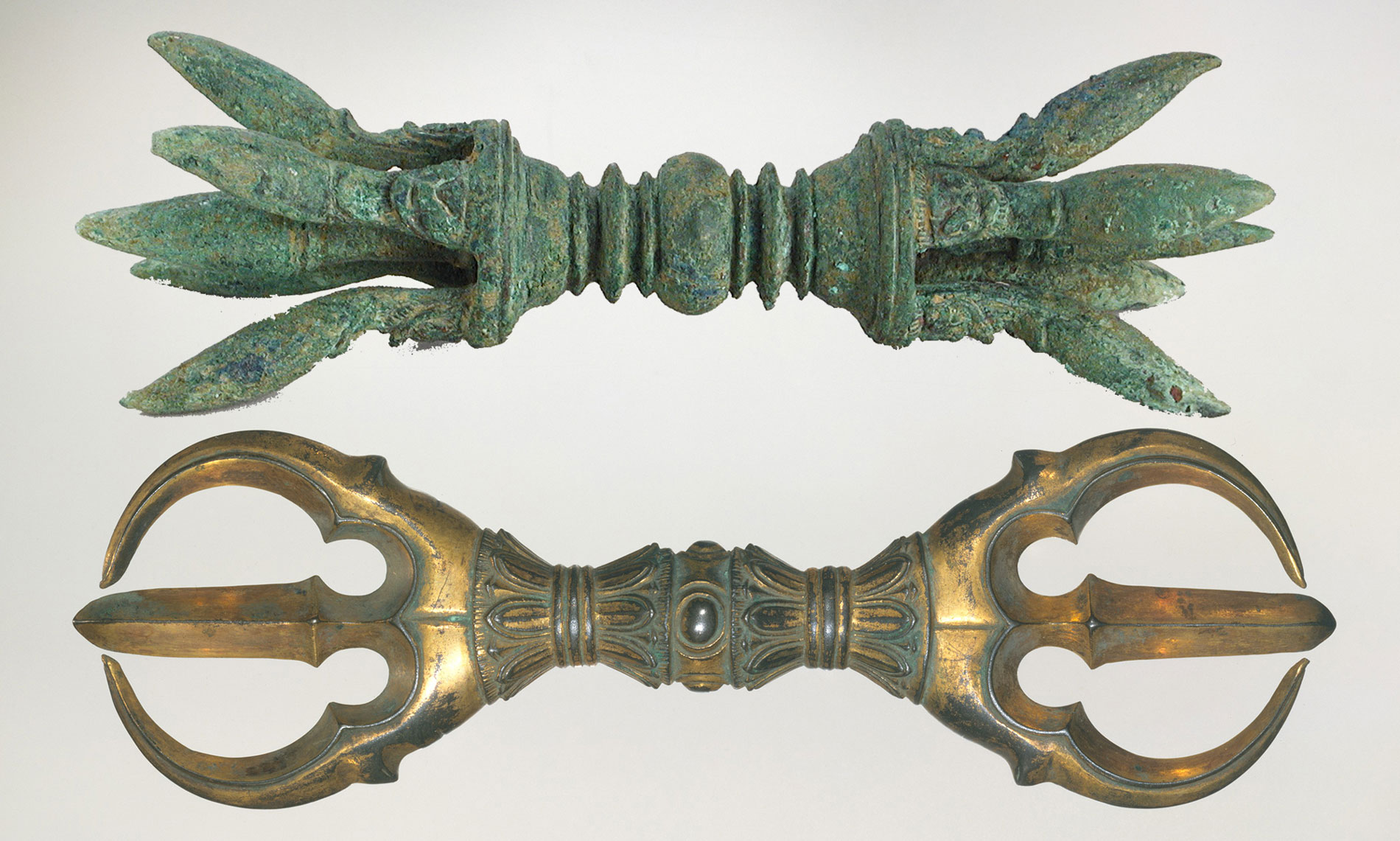Māra, "the evil one who kills"
There are two extreme ages of social existence, ब्रह्मयुग (Brahmayuga) and भ्रमयुग (Bhramayuga), they are homophones but are ultimate antonyms of each other. Brahmayuga is an age of enlightenment. The earliest phase where the purpose of humans is to realize their absoluteness through various means from tantra to vedic rituals. The very purpose of society was to make individuals reach unity with God or the absolute form, it matters not the region or culture. This can be identified as being the case with सद्युग(Satyayuga) where the only objective is of knowing that which is true, that which is absolute, that which is ब्रह्मन् (Brahman).
Bhramayuga, on the other hand is the age of matter, of lowly existence where the focus of society shifts from transcendence to that which is common and base, where the focus is on furthering and enhancing that baseness. The Gods and aristocracies are a least of concern and a means of exploitation. Religions exist only to further the material cause and not aid in transcendence as they were originally supposed to. This is the age which we live in. In this age, the Gods cannot hear the human voice or let's say we cannot hear ourselves for what we speak from mind and words; and the pleadings of our caged soul.
Bhramayuga is not cognate to कलियुग (Kaliyuga) though much related. The former is in a way ultimate representation of what the latter stands for. It is the age when all institutions have devolved from their ultimate purpose to mere political and economic means; what stood for liberation is the very tool to restrain it (for instance, technology, as pointed out by Theodore Kaczynski in his article "Industrial society and its future")
Kaliyuga started with the death of God yet a shadow remained haunting for millenniums, the shadow in form of religion as Nietzsche points out, "After Buddha was dead people showed his shadow for centuries afterwards in a cave, — an immense frightful shadow. God is dead: but as the human race is constituted, there will perhaps be caves for millenniums yet, in which people will show his shadow. — And we — we have still to overcome his shadow!"
We must therefore strike this shadow, overcome it, and be free, yet not forget what it once stood for. For it is in this shadow that we may know how to reconstruct the future after fulfillment of this dissolution, when the masses have disillusioned to the effects of Bhrama.
In this land of the Indus, we must work to dissolve all existing religious institutions -- from the dissolution of what falsehood remains of 'Bhakti' and 'Ritualism'; taking it to the extreme like the left, yet without becoming deluded like those pitiful beings with their lofty and utopian objectives. We must be well-versed in Vedic and local traditions because it is those that will help shape the new मन्वन्तर (Manvantara- Age of manu).
In the West, this has already been accomplished with the advent of humanist ideals. What the right in those regions must realize is that opposing the left is a waste of potency, for it is the natural order of society to devolve into such lunacy, ultimately leading to its end. They must recognize, as soon as possible, the necessity of a group of calm and patient individuals capable of reconstructing society using the knowledge of tradition, lest they risk absolute destruction.

